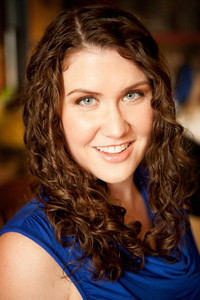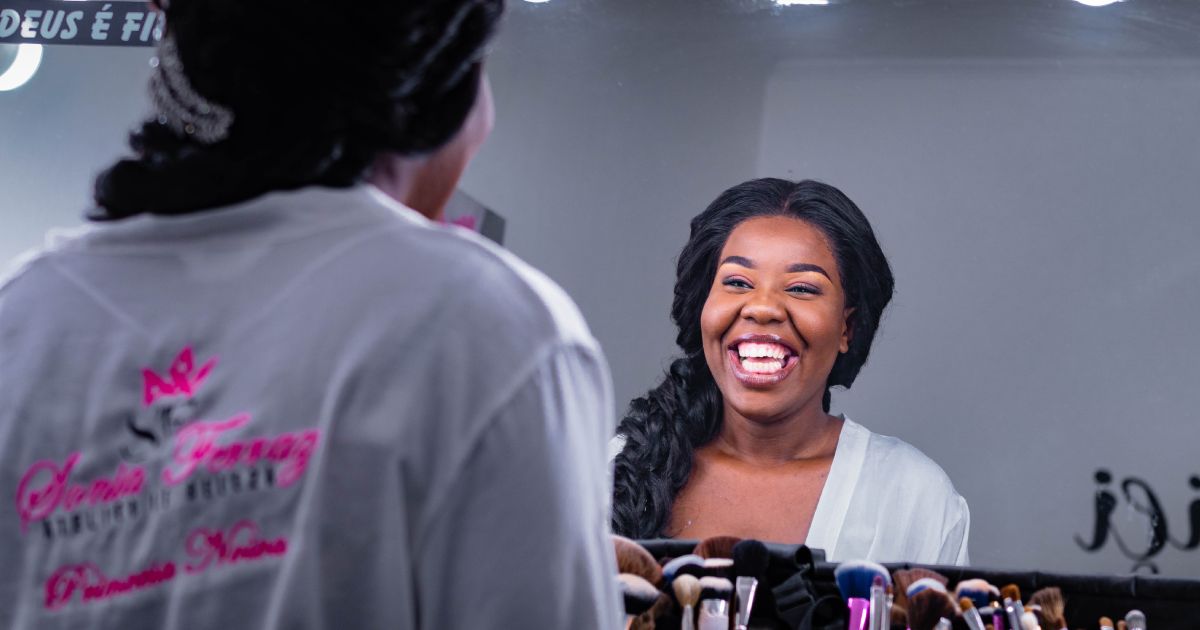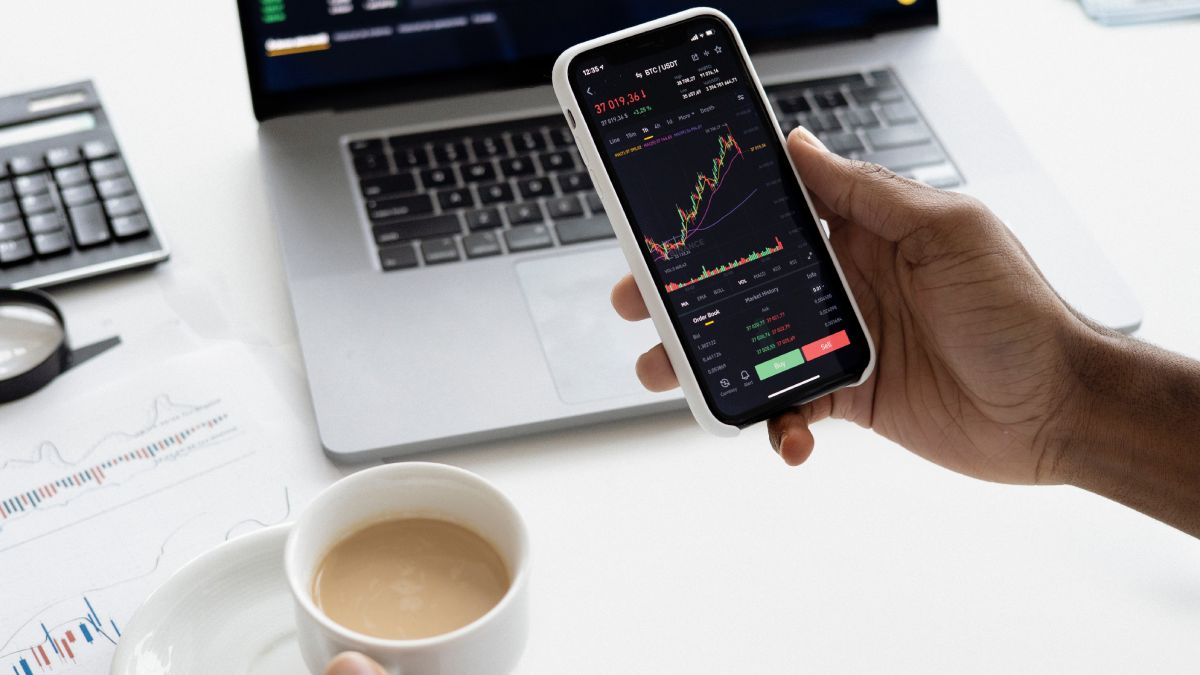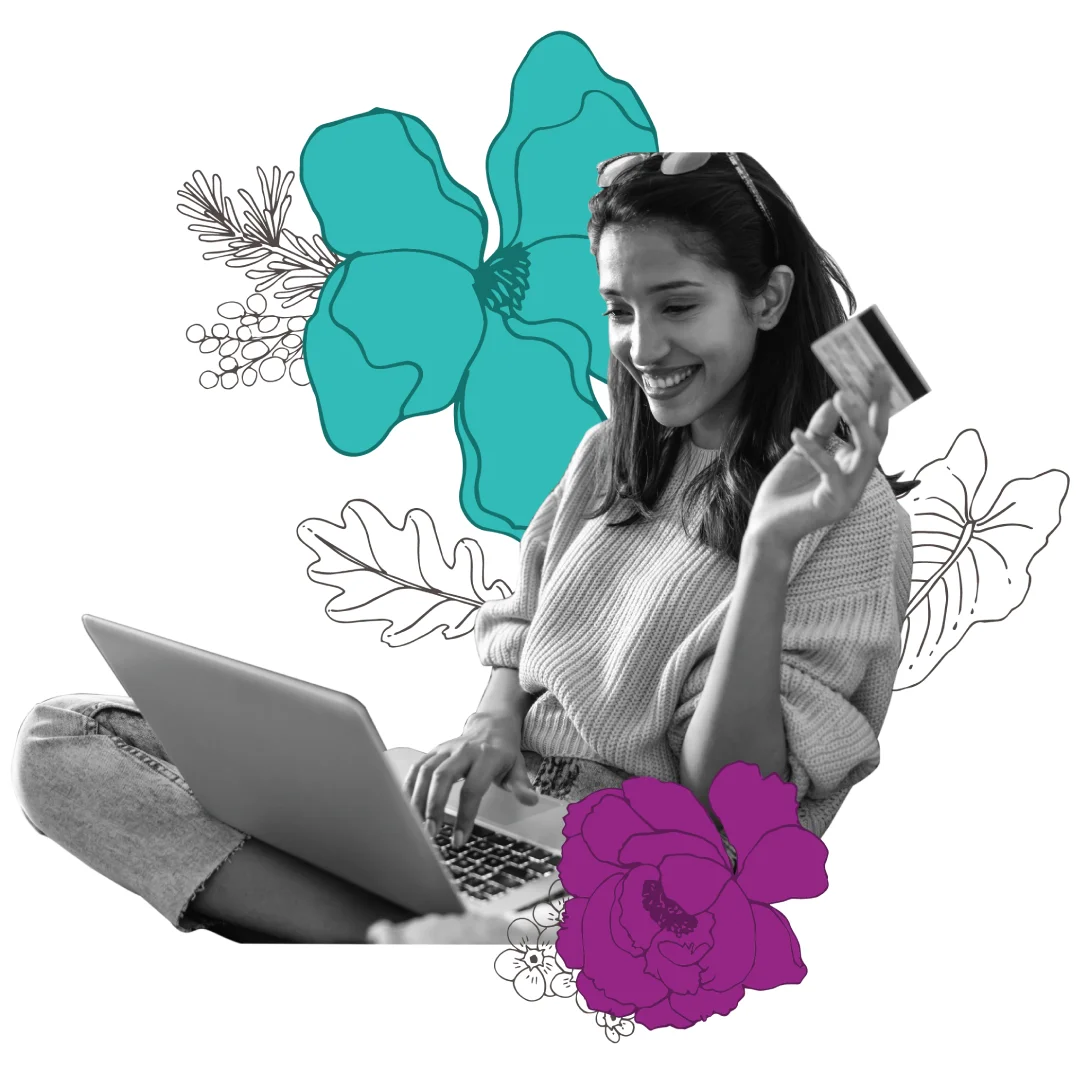The following blog is by Sophia Bera originally published in her website Gen Y Planning.
Starting an emergency fund can sound like a daunting task. 3 to 6 months’ of your income, in one place? That’s a big number!
You may think you don’t even need an emergency fund. But don’t be fooled into this line of thought. After all, it’s hard to know exactly when an unexpected expense will pop up (but somehow it always seems to be at the most inconvenient times).
Emergency funds help protect you in case of any event, big or small. Car repairs, your basement flooding — or even a wild turkey in your living room all count as emergencies.
Imagine if you had a serious emergency right now: how much is in your bank account, and could you afford an unplanned $1,000 bill or expense? If not, it’s time to start thinking about earmarking some cash savings to see you through tough financial situations.
How Much Should You Keep in Your Emergency Fund?
You should aim to have at least one month worth of your net pay saved in your emergency fund. If your net pay is $3,000 a month, you should save $3,000 in your emergency fund before allocating money elsewhere. Do this before aggressively paying down debt.
Sound like an impossible amount to save? Remember, you don’t have to fully fund an account set aside for the unexpected all in one go. Save what you can each week, even if it’s just $25 — but prioritize your goals so your emergency fund receives the most attention.
Saving Based on Your Unique Situation
One month of your net pay is a general guideline. Once you’ve hit this goal, bump it up to 3-6 months of net pay saved for emergencies. For couples who make similar incomes, I generally recommend about 3 months, but for people who are single or the sole breadwinner, you might want to aim for 6 months.
If you’re a contract employee and your monthly income varies, you may want to save a little more in order to cover months when you’re working less and earning less. Consider saving more during the months when you have a lot of contract work, so that you will have more money to rely on in case an emergency happens during your lean months.
You can also focus on saving more if you have dependents or planning on adding to your family. While it’s tough to envision potential emergencies, your emergency fund should be able to cover a large deductible or co-pay in case of a family hospitalization.
Where to Put Your Cash Savings
The key to an emergency fund is accessibility. This is cash savings earmarked to cover short-term emergencies, so it needs to be kept in an account you can access immediately if necessary. There are three things to keep in mind when choosing a place to keep your emergency fund:
- Liquidity
- Accessibility
- Low risk
Cash, savings accounts, money market accounts, and high yield savings accounts are all liquid, accessible, and are extremely low risk, but some options are better than others. Money market accounts typically offer a higher interest rate, meaning your money will grow faster than in a typical savings account. In addition, you can withdraw and write checks from your money market account, making it very accessible.
A high-yield savings account is very similar to a money market account because it is also easily accessible and offers a higher interest rate. Check out FDIC-insured online banks for the best high yield savings accounts, as they can offer better rates than brick-and-mortar banks.
I really like Ally Bank and CapitalOne 360 for places to stash your cash. These are online savings accounts that you can link to your already existing checking account. They offer some of the highest interest rates on money market accounts.
Above all, assess your risk tolerance. If you don’t feel comfortable keeping your money anywhere else but your local credit union savings account, keep it there! The bottom line is you want to be able to deposit money and access your emergency fund quickly when needed.
What to Do After Fully Funding Your Account for Unexpected Expenses
Once you’ve saved up 3-6 months’ worth of expenses (or more), continue building on your other financial priorities. These may include:
- Eliminating debt
- Contributing to your retirement and maxing out your accounts
- Starting a side hustle or investing in yourself
- Funding new goals, such as the down payment for a house, a big trip, or starting your family
By establishing an emergency fund, you will ensure financial success for yourself and ward off financial catastrophe. Focus on building up your emergency fund to account for at least one month of net pay, then aim to have 3 to 6 months’ pay set aside.
The most effective way to save for your emergency fund is by setting up automatic withdrawal from your checking account. Consider starting out with $100 a month and increasing, if possible, from there. While you’re setting that up, you may want to keep your money in a high yield savings or money market account, so your savings can build up quickly if you don’t need it.
One of my favorite tips is to change your direct deposit at work so that a portion goes directly from your paycheck to your savings account. If you don’t see it, you won’t spend it!
Having an emergency fund will allow you to handle most of what life throws your way — without draining other accounts, interrupting progress on other financial goals, or forcing you into debt. It’s one of the best tools to use to help you build financial security and, eventually, independence.
 About the author: Sophia Bera, CFP® is the Founder of Gen Y Planning and is a financial planner for Millennials. She’s passionate about helping people in their 20s and 30s across the with their money. She is a contributor for AOL’s Daily Finance website and has been quoted on various websites and publications including Forbes, Business Insider, Yahoo, Money Magazine, InvestmentNews, Financial Advisor magazine, and The Huffington Post. She was named one of the “Top Financial Advisors for Millennials” by the website: www.MoneyUnder30.com. Sophia is a sought after speaker and presenter and is an active member of the Financial Planning Association. In her free time, she enjoys performing as an actor/singer and traveling the world with her husband, Jake. Follow her on Twitter @sophiabera or sign up for the Gen Y Planning Newsletter to stay up to date on financial articles geared towards Millennials.
About the author: Sophia Bera, CFP® is the Founder of Gen Y Planning and is a financial planner for Millennials. She’s passionate about helping people in their 20s and 30s across the with their money. She is a contributor for AOL’s Daily Finance website and has been quoted on various websites and publications including Forbes, Business Insider, Yahoo, Money Magazine, InvestmentNews, Financial Advisor magazine, and The Huffington Post. She was named one of the “Top Financial Advisors for Millennials” by the website: www.MoneyUnder30.com. Sophia is a sought after speaker and presenter and is an active member of the Financial Planning Association. In her free time, she enjoys performing as an actor/singer and traveling the world with her husband, Jake. Follow her on Twitter @sophiabera or sign up for the Gen Y Planning Newsletter to stay up to date on financial articles geared towards Millennials.





0 Comments